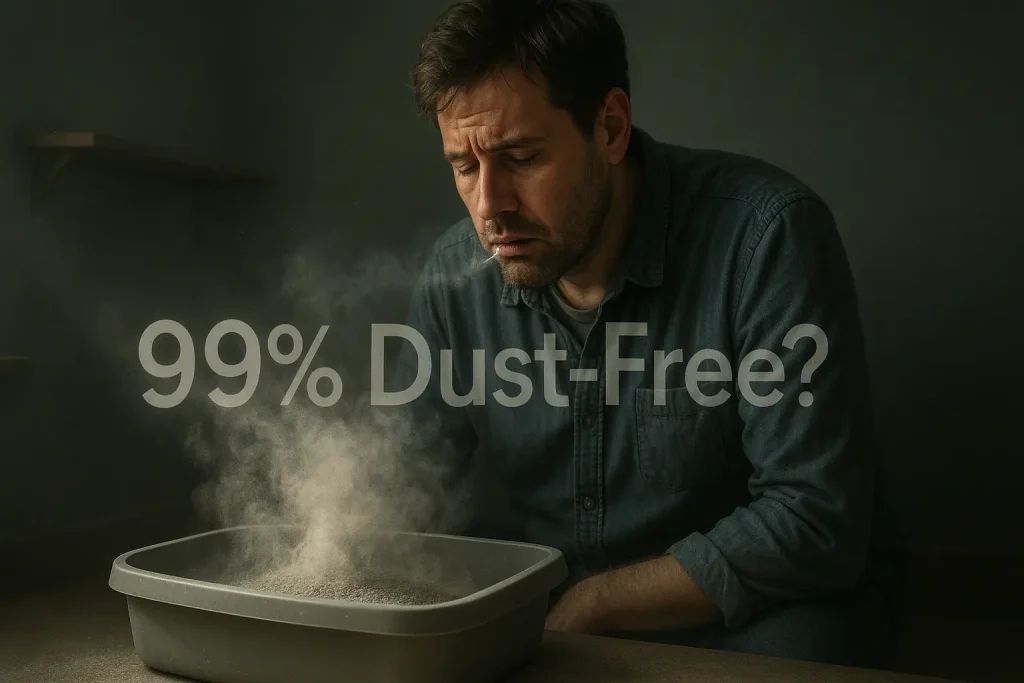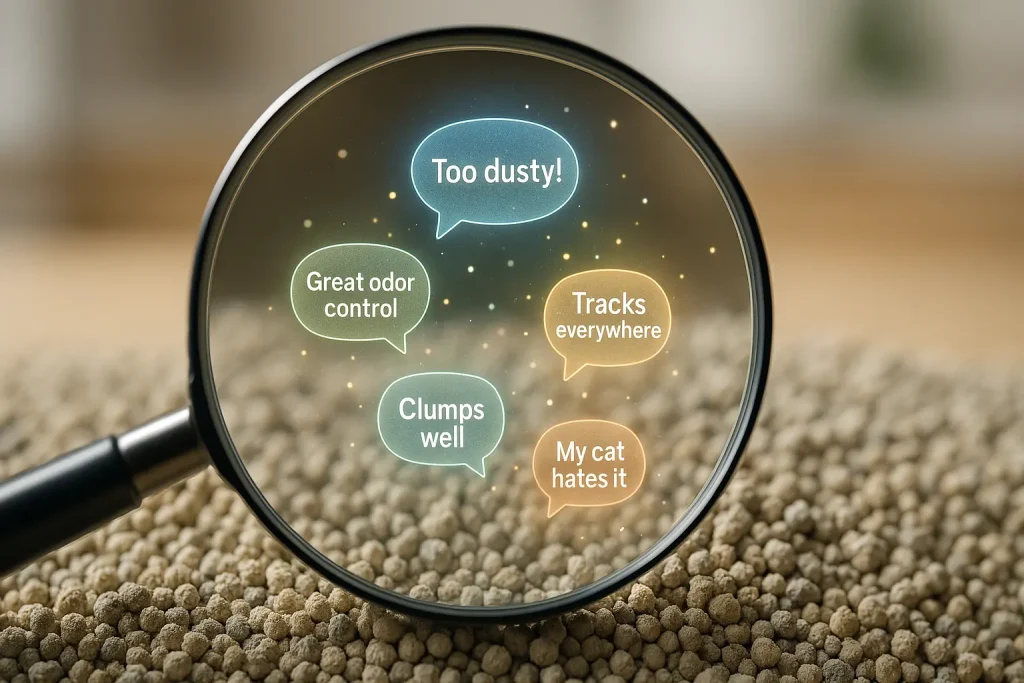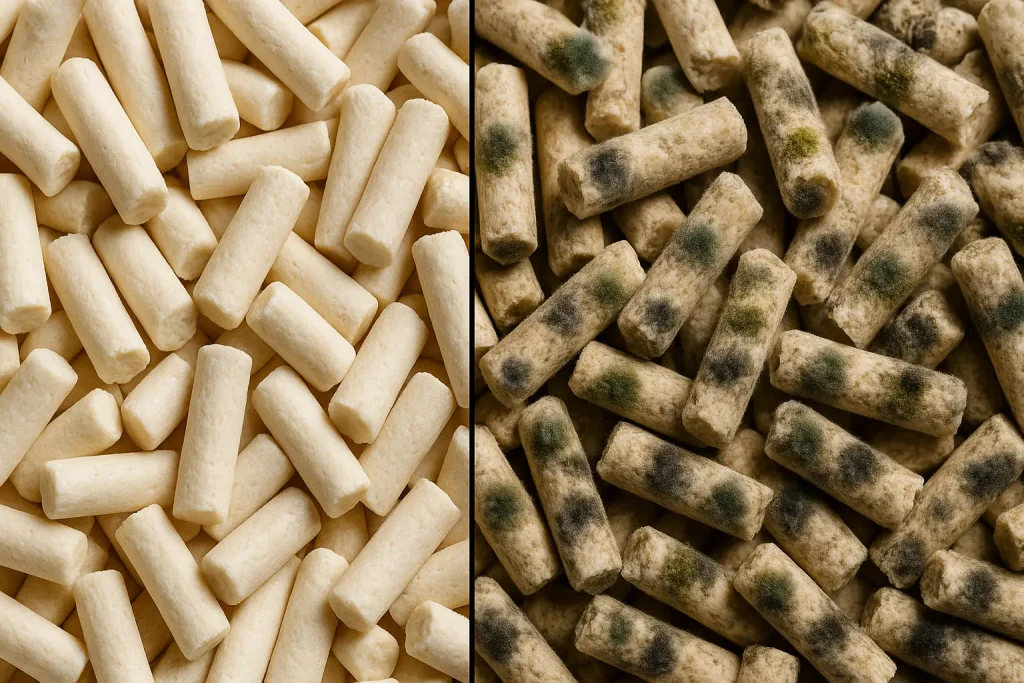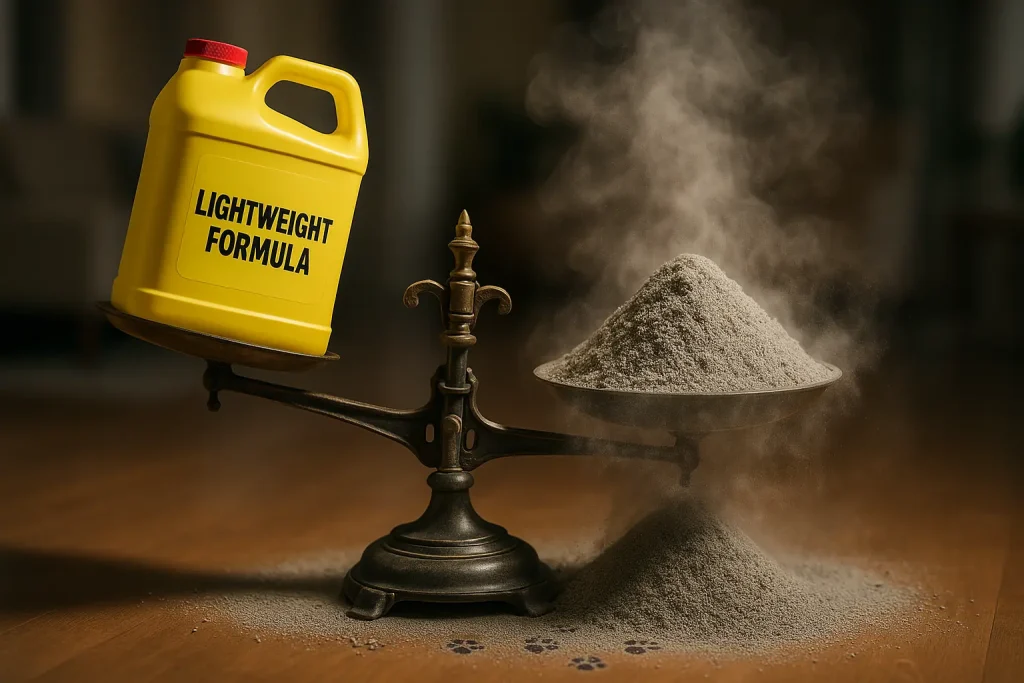The Feline Excavator: When Your Cat Thinks the Litter Box is a Sandbox
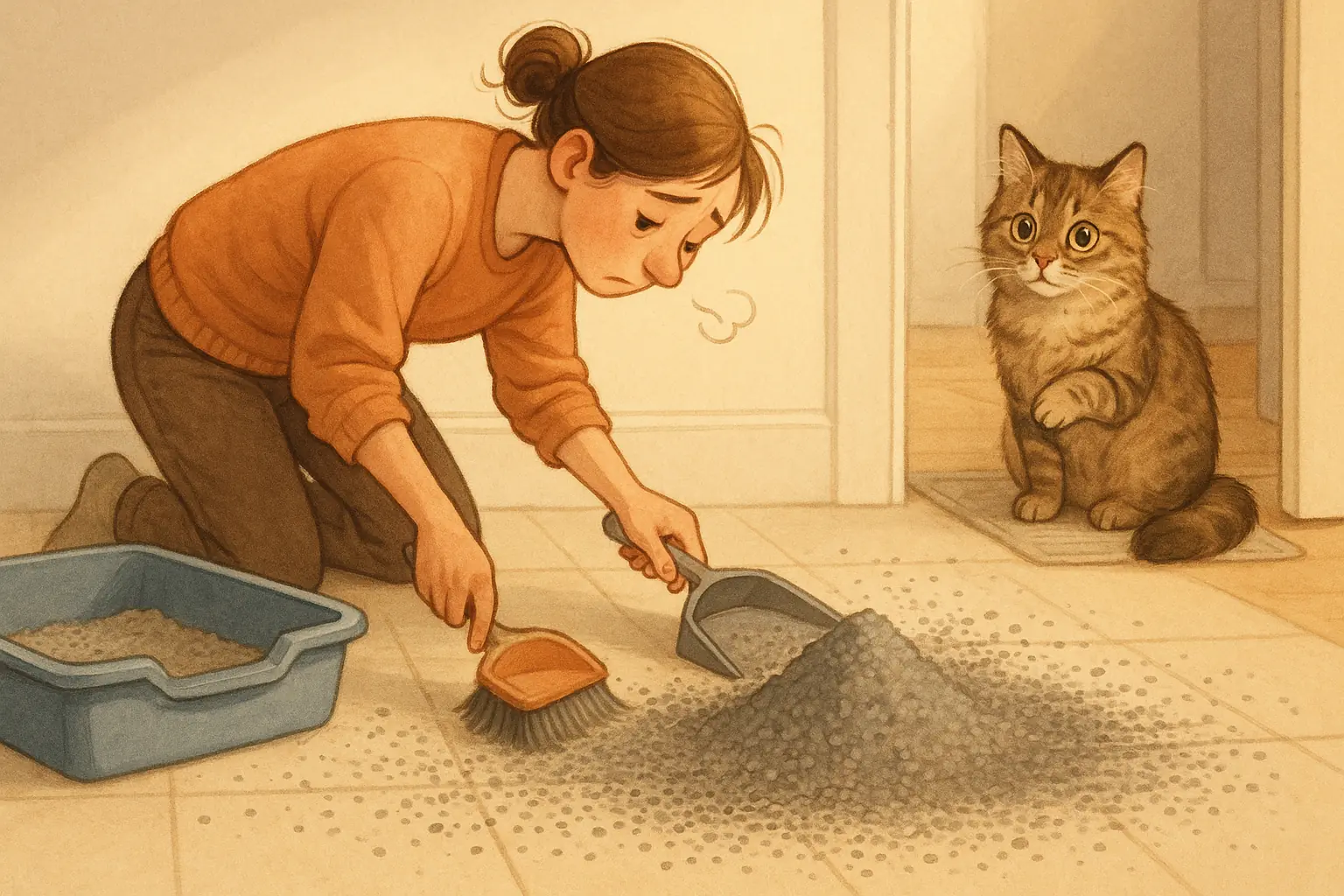
Morning. Another litter explosion. Your cat transformed the litter box area into a gritty beach. Tiny granules crunch underfoot, a familiar, frustrating sound for many. This daily battle tests patience.
Many cat owners know this exact scenario. You are not alone in this granular warfare. Feline digging is a natural instinct, a way to bury waste. Some cats, however, seem to aim for the earth's core with their enthusiastic efforts.
The mess can feel overwhelming. So, how do you manage a furry digging dynamo? Cat Litter Hub analyzed countless owner accounts for real-world fixes. This article shares that collective wisdom, offering strategies that truly help contain the chaos.
Litter That Stays Put: User-Approved Choices for Determined Diggers
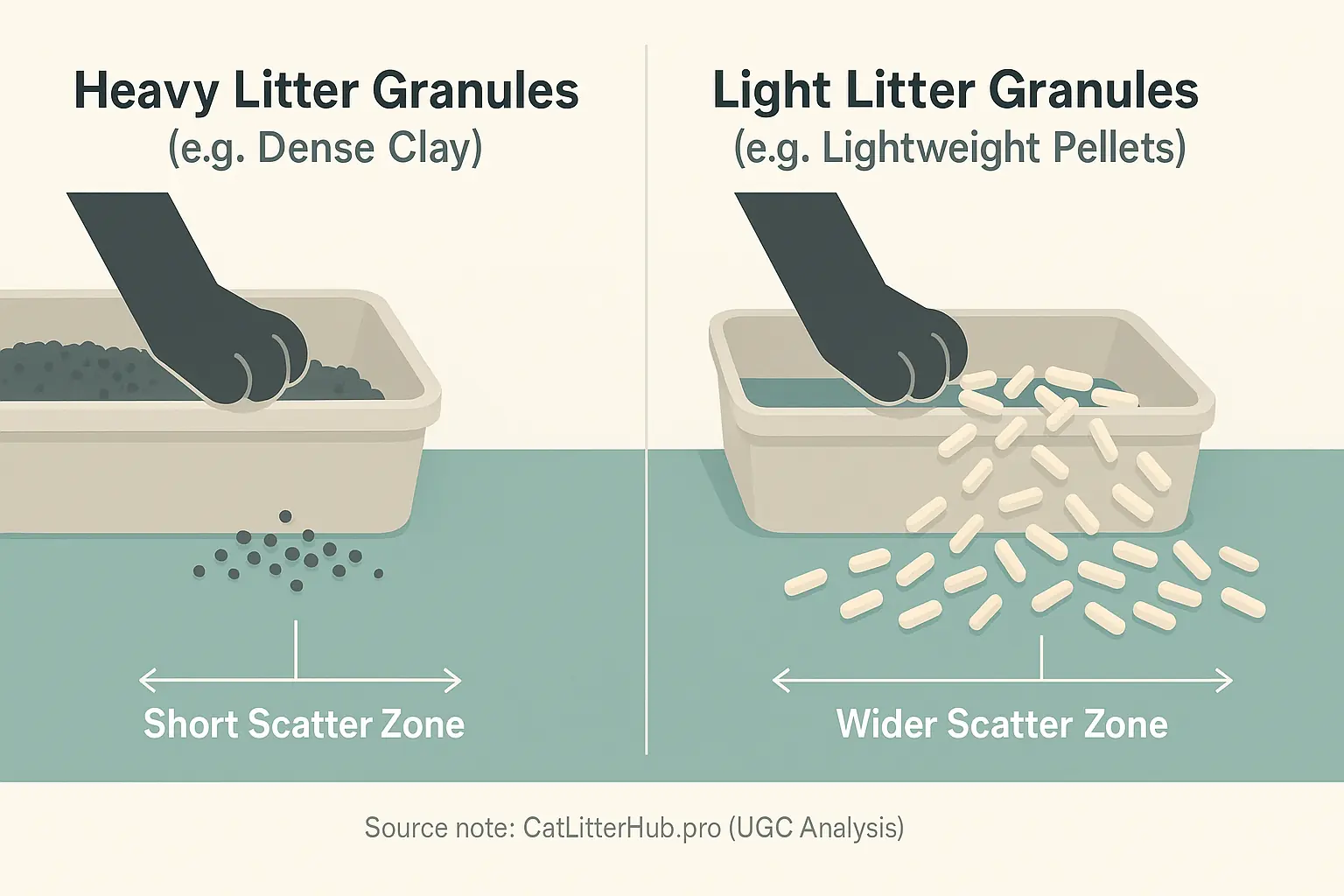
Determined diggers often meet their match with certain litters. Heavy litters frequently win this battle against scatter. Owners of enthusiastic excavators consistently report that dense clay litters stay put remarkably well. These clay litters often mimic natural soil. Cats love digging in them. Yet, their weight helps keep granules inside the box, not across your floor.
Granule size is a critical detail for managing digging messes. Many users, especially those with persistent diggers, recommend larger pellet-style litters. Wood pellets and paper-based pellets are frequently cited in community discussions. These bigger, often chunkier, pieces are simply harder for paws to send flying. An added benefit users mention: less clinging to fur means reduced tracking throughout your home.
"Low-track" formulas frequently surface in owner reviews. Manufacturers formulate these products specifically to combat scatter. Some cat parents observe a noticeable reduction in mess. Real relief. However, feedback from the community shows results can vary significantly. It appears your cat’s unique digging style greatly impacts the actual outcome with these specialized litters.
Here’s a less-discussed solution some owners swear by. Our deep dive into user experiences unearthed a surprising hero for major diggers: heavyweight non-clumping clay. While clumping clay gets much attention, a dedicated group of users praises these traditional, dense varieties. Their substantial particle weight is the key. This weight anchors the litter effectively. Cats find launching these heavier granules significantly more difficult. A game-changer for some. This choice may require more frequent full litter box changes. Users acknowledge this trade-off. But for owners desperate to reduce extreme scatter, many reports suggest it is a worthy contender.
Fortifying the Fortress: Litter Box Setups & Mat Secrets to Foil Feline Excavators
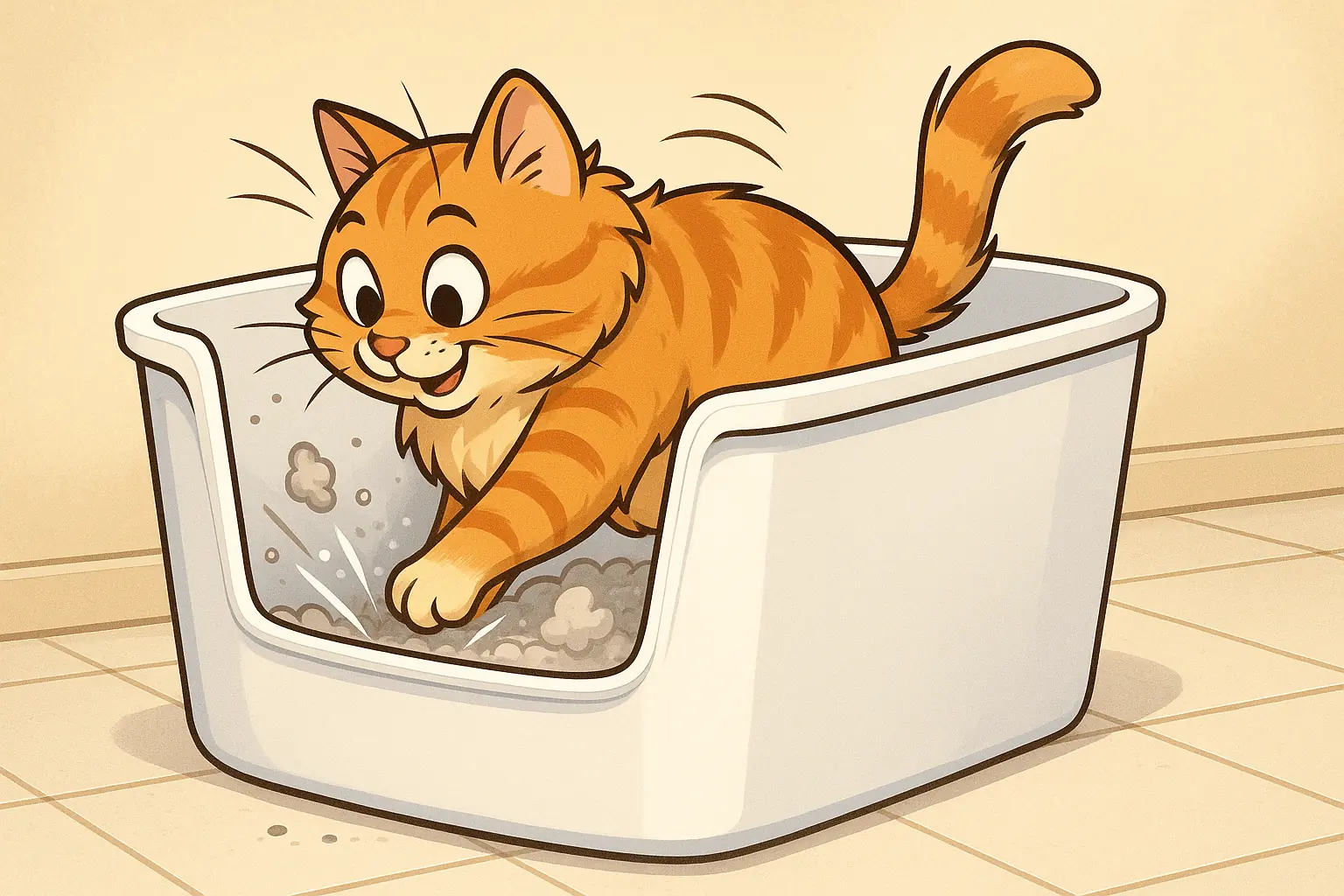
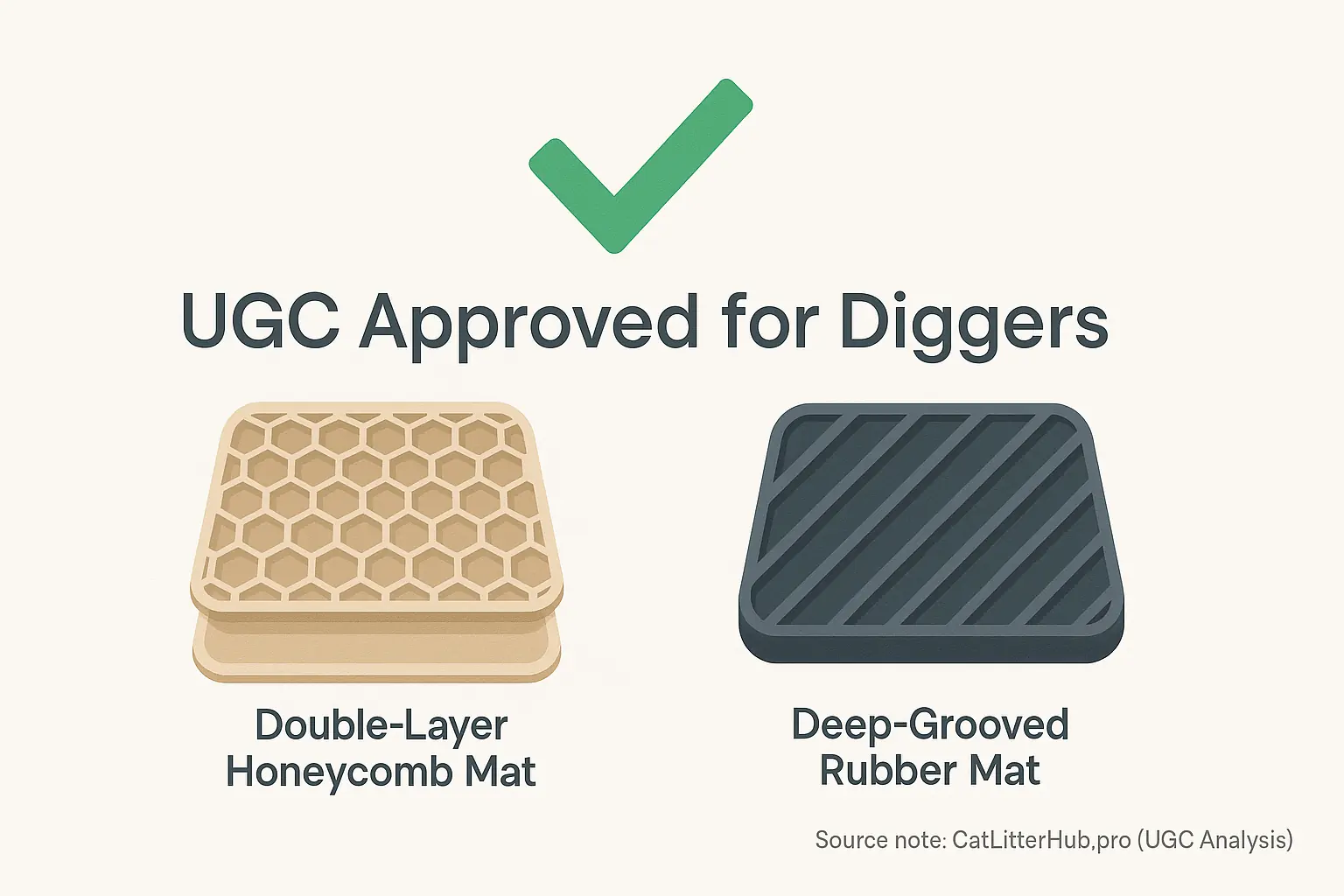
High-sided litter boxes provide an immediate barrier. Many cat owners find these dramatically reduce flung litter. The taller walls effectively contain enthusiastic digging. Our analysis of user reviews confirms significant mess reduction. This design is a popular first choice.
Top-entry boxes present another user-approved solution. Owners of extreme excavators often recommend this style. Cats enter from above. Litter scatter becomes almost impossible. Covered boxes also aim to limit mess. However, user feedback highlights a potential downside. Some felines dislike the confinement. Odors can also concentrate inside, a frequent point in reviews.
Litter mats are vital secondary defenses. They trap particles cats track out. User experiences point to specific mat designs. Double-layer honeycomb mats receive consistent praise. Their pockets effectively capture stray granules. Deep-grooved rubber or silicone mats also perform well. These textures grab litter from paws.
What if standard solutions fall short? Ingenious cat owners share their fixes. Some construct DIY scatter shields. Simple cardboard works. Repurposed plastic sheeting offers another option. These barriers extend open box protection. Here’s a truly practical tip from the community. Place the entire litter box inside a larger, shallow plastic storage bin. This box-in-a-bin method creates an outer catch-all. Escaped litter stays contained. Cleanup becomes much simpler.
Find Your Digging Cat's Perfect Setup: Solution Configurator
Messy Digger Solution Finder
Try our Messy Digger Solution Configurator if you haven't. It crunches data from thousands of real user setups. User consensus strongly suggests a multi-part solution works best for determined diggers. This usually means the right litter, an appropriate box, and an effective mat.
Understanding why your cat digs so much can also be incredibly helpful. That instinct is powerful. For a deeper look into their motivations, check out our guide on cat digging behaviors.
Why Do They Dig So Much? Understanding Your Cat's Inner Excavator
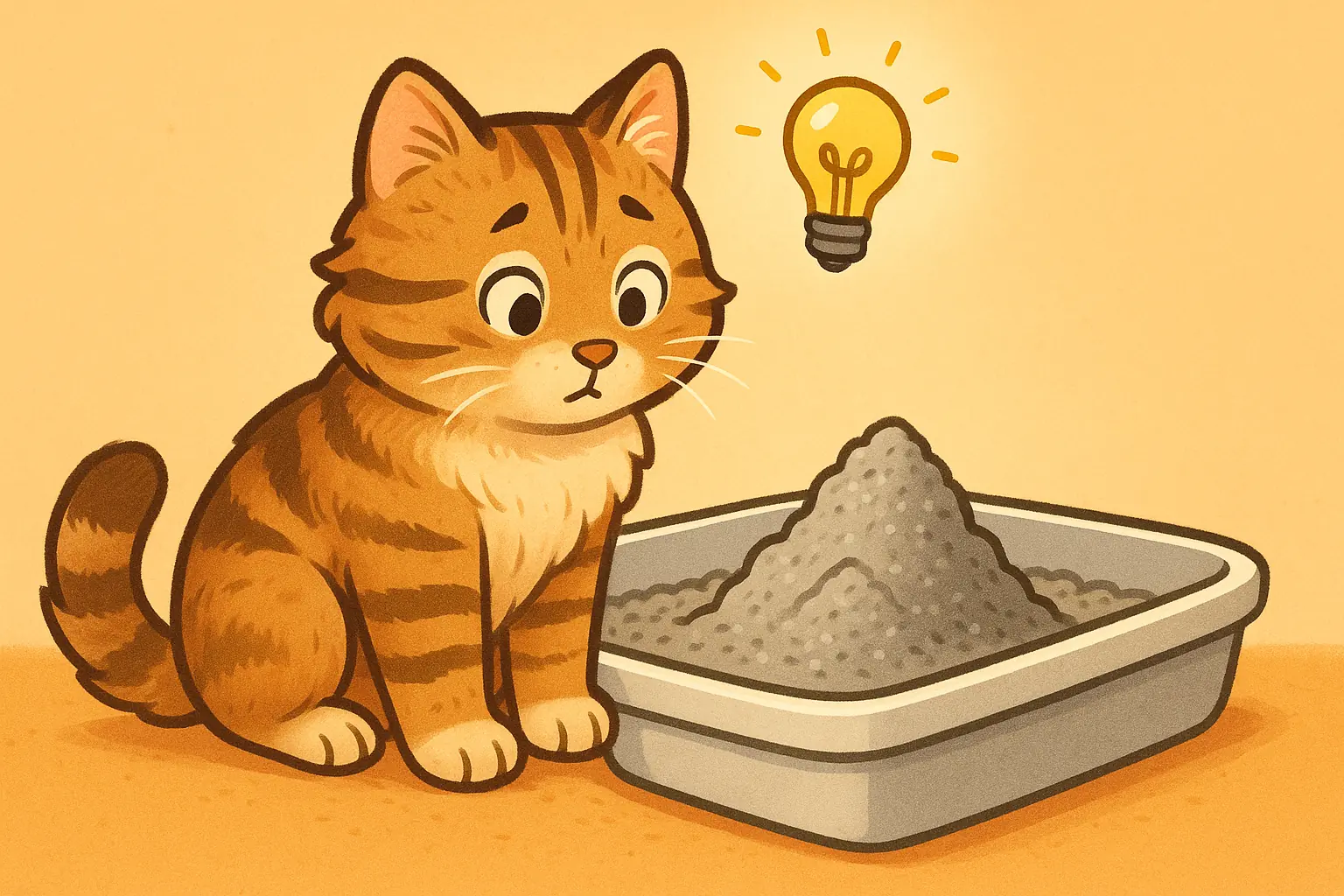
Cat digging isn't a random quirk. It's pure feline instinct. This deep-seated drive serves key purposes. Cats bury waste. They also mark territory using scent glands in their paws. Perfectly natural. Your cat is an excavator by design.
Understanding this core feline behavior is fundamental. The digging itself? Unstoppable. It is instinct. But knowing why they dig helps manage the resulting mess. This insight directly influences your litter choices and box setup. Smart choices follow.
Want to truly understand your cat's inner excavator? Our deep dive into thousands of owner observations reveals surprising feline motivations. We connect these digging behaviors to practical litter solutions. For the full story, and to master the mess, see our guide: 'Why Cats Dig to China & What It Means for Litter Choice'. Knowledge awaits.



